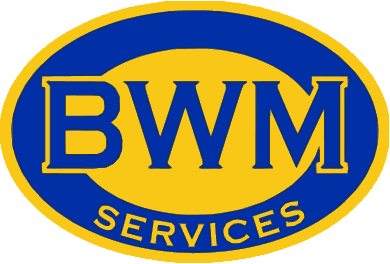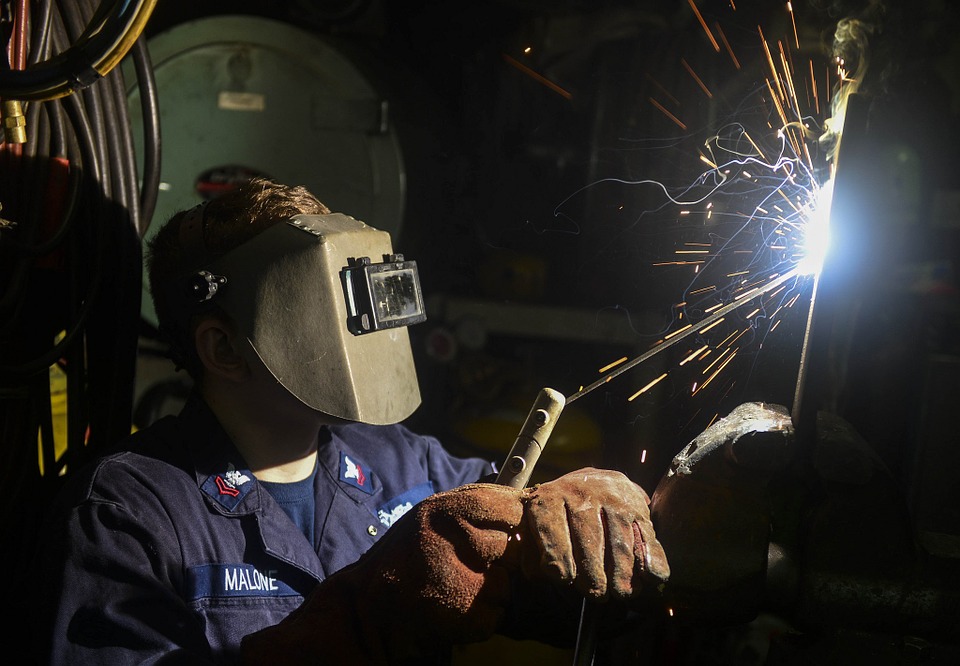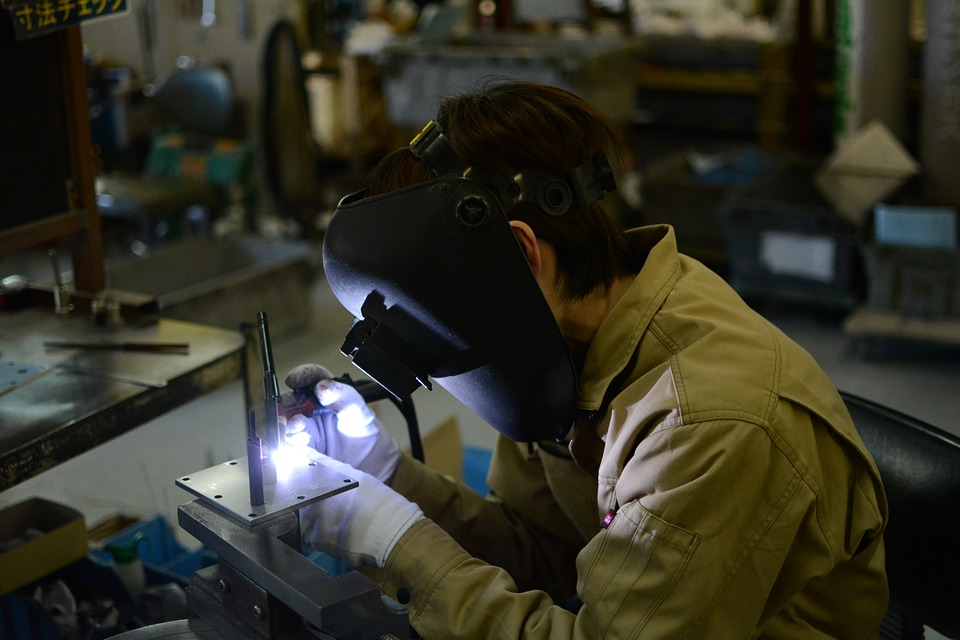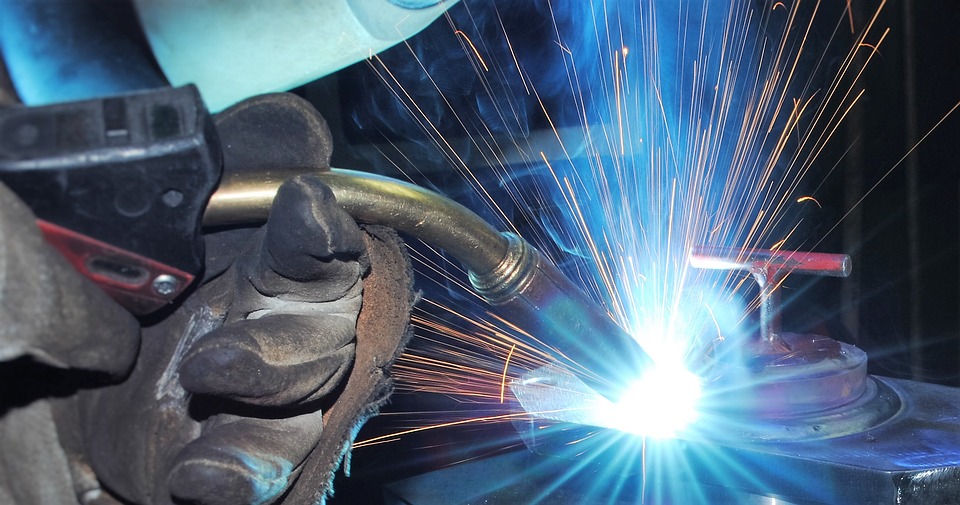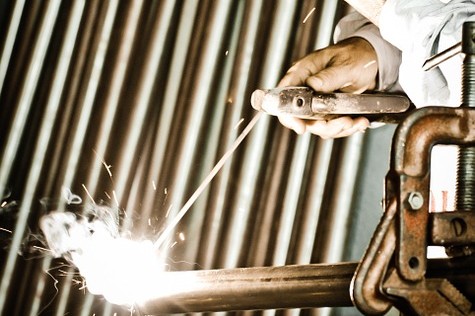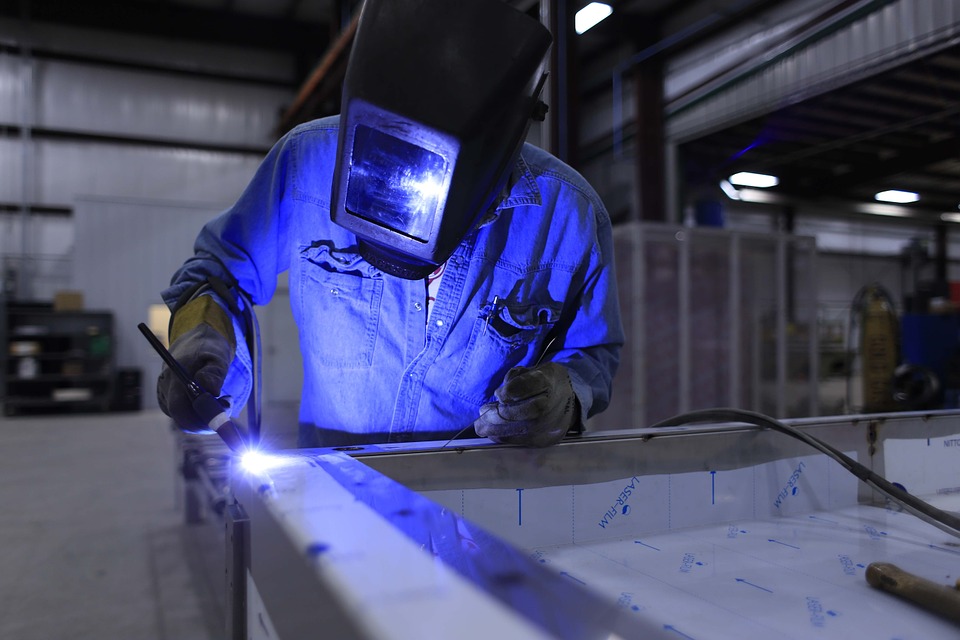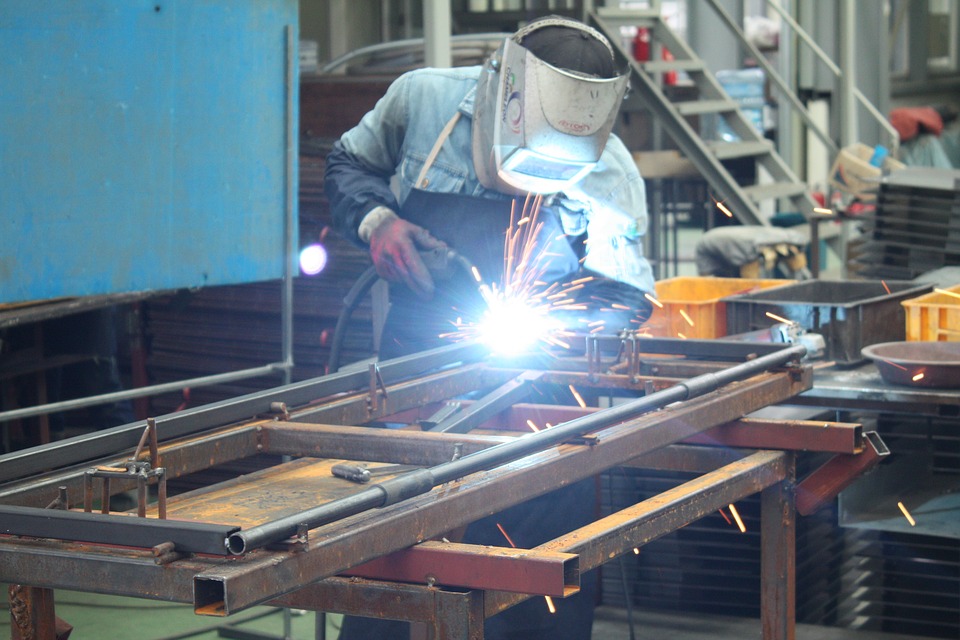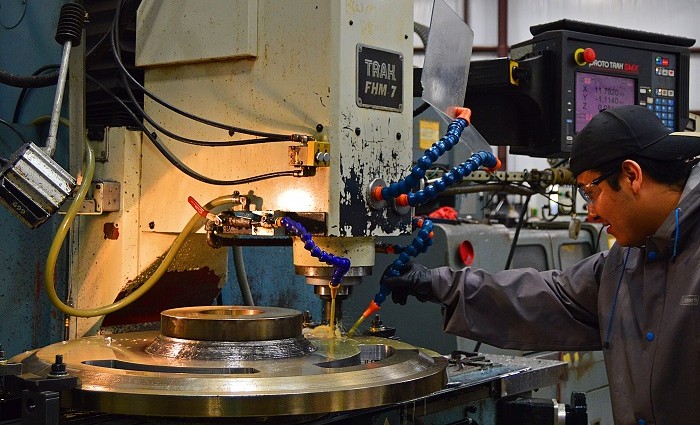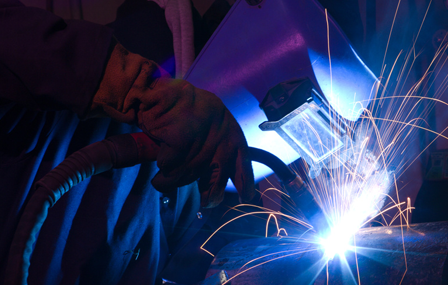Preparing Aluminum Before Welding
Selecting the Right GMAW Gun for the Job
Fundamentals of Plasma Gouging
Maximizing Operator Comfort and Safety to Increase Productivity: Part 2
Continue reading Maximizing Operator Comfort and Safety to Increase Productivity: Part 2
Maximizing Operator Comfort and Safety to Increase Productivity: Part 1
Continue reading Maximizing Operator Comfort and Safety to Increase Productivity: Part 1
Output Current Considerations for SMAW
Now Hiring Machinists
Job Title: CNC Programmer/Manual Machinist
Reports To: Owner & Production Manager
Position Overview:
Machinist will program & operate various Manual and/or CNC mills & lathes to produce quality machined components. This position requires that the individual provide feedback to the Owner and/or Production Manager regarding program accuracy, cycle time improvements and job status. To perform this job successfully, an individual must be able to perform each essential duty satisfactorily. The requirements listed below are representative of the knowledge, skill and/or ability required. Reasonable accommodations may be made to enable individuals with disabilities to perform the essential functions.
Job Duties:
(Other duties may be assigned)
- Navigate & read prints to machine complex parts within the print tolerance
- Verify material supplied meets requirements
- Service machine fluids as necessary
- Report unsafe conditions & required maintenance to authorized personnel
- Perform machine tool setups using proper mechanical techniques and machining practices
- Properly operate CNC or manual mills and lathes & perform required tool changes
- Ability to properly use precision measuring equipment
- Knowledge of speeds and feeds relation to various material types
- Ability to read and understand software various machines use
- Basic math skills
- Hand tools knowledge
Work Environment:
- Moderate noise levels in shop area
- Good eye and steady hand
- Other functions that may be necessary throughout the day: walking, kneeling, reaching with arms and hands, climbing/balancing, crouching or crawling
- Must supply your own tools (will provide tool list)
Education/Experience:
- A minimum of a high-school diploma or General Equivalency Diploma (GED) is required
- Vocational training/certification a plus
- a minimum of 3 years’ experience running a manual lathe and manual mill in a job shop environment, or equivalent combination of education and experience
- must be proficient in spoken and written English (Bilingual a plus)
Working hours are Monday through Saturday, as workload requires. We offer competitive wages, uniforms, 401K, health insurance, paid holiday, and paid vacation. Visit our website to learn more about us and to apply today:
Mazak M5N 3000 CNC Lathe For Sale!
 Listing price OBO. Only 2 owner. Has only been used for maintenance machining. Never used for mass production machining. Machine is in operable condition. Will be sold as is including, but not limited to Continue reading Mazak M5N 3000 CNC Lathe For Sale!
Listing price OBO. Only 2 owner. Has only been used for maintenance machining. Never used for mass production machining. Machine is in operable condition. Will be sold as is including, but not limited to Continue reading Mazak M5N 3000 CNC Lathe For Sale!
Variable Affecting the Mechanical Properties of Carbon Steel Welds
Continue reading Variable Affecting the Mechanical Properties of Carbon Steel Welds
